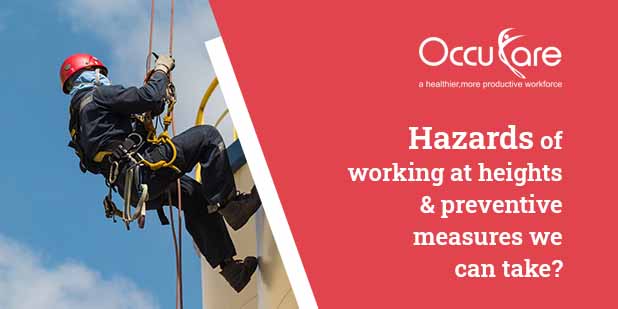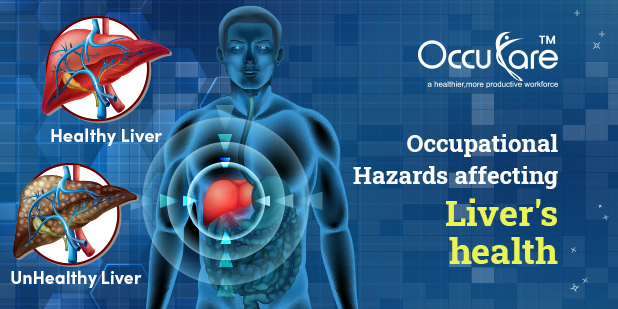Working at a height is one of the leading causes of workplace deaths and injuries. Over-reaching, over-balancing, or the failure of a sensitive surface are all typical scenarios. Unguarded holes in the floor, such as hatchways, inspection holes, and pits, and also falls into process tanks and machinery, may affect falls from height.
The exact height at which employers must impose controls varies by region, but work at height can generally be defined as any job where an individual could fall a distance that could result in personal injury if no precautions are taken (through a fragile roof, for example). It’s essential to know that entering and exiting a workplace can be harmful. Working at height.
Workers in the repair and construction industry are highly susceptible, but many others in a variety of sectors are also at risk of falling from heights. Painters, decorators, and window cleaners, and many of those who do ad hoc work without adequate preparation, planning, or equipment, are examples of such jobs.
Whatever the task, all work at height must be prepared in advance, with particular attention to the selection and use of work equipment as well as emergency exit routes.
If working at height is unavoidable, it is preferable to do so from the safety of a platform with suitable edge protection, but that’s not always possible. In such situations, a ladder can be required; however, ladders can only be used to obtain access to and from a workplace. They should only be used at work for short-term light work after thorough hazard detection, risk analysis, and planning.
If a man falls from a great height, the effects can be determined by a number of factors, such as the distance dropped, the quality of the surface landed on, how the person lands, and the person’s age and health. When a man falls into the path of a moving vehicle (or machinery) or into a tank containing a hazardous material, the severity of the injury increases.
Control measures are arranged in a hierarchy.
Working at height should be avoided when possible, and activities should be completed from the ground. Using extendable tools to eliminate the need to climb a ladder is one practical example. Installation of cables at ground level, lowering a lighting rig to ground level, and constructing edge protection on the ground are all examples.
Any location where people can come close to or operate on a fragile surface should have prominent danger signs.
Work equipment or other steps to avoid falls, such as access equipment with guard rails, should be given where there is no suitable existing safe place to work from. Examples include independent scaffolds, tower scaffolds, and mobile elevating work platforms (MEWPs).
It doesn’t matter how much fall safety equipment you have; if it doesn’t engage until you impact something, it’s useless. This could seem to be a “no brainer,” but you’d be surprised how easy it is to get this part wrong.
How to Use Ladders Correctly
Don’t just say you know what you’re doing because you have a ladder at home. You know how they claim not to make any assumptions? It causes people to be injured. Since we take ladders for granted, they are the source of many industrial and industrial accidents. Ladders are a common sight. You can use them to hang Christmas lights, paint the living room, and so on. Clean your gutters and replace the annoying hard-to-reach high-hat bulb. We use them so much that we must know what we’re doing, right? After all, we’ve never been hurt before, have we? Ladders are very dangerous. They’re extremely dangerous when used incorrectly. Consider if a ladder is the best solution for the job before using it. Then make sure your employees know how to use a ladder safely. It’s not as simple as you would believe. There are three key aspects to remember when handling a ladder safely.
Enable sewers on a temporary basis
Since this is a collective measure, hazard barriers across the hole are preferable.
These are only a few of the dangers you might face at work, but each one stresses the importance of following the Working at Height regulations and performing risk assessments to determine the best preventative measures to make sure compliance.
Working at Height regulations, but at the other hand, are difficult. It isn’t always easy to figure out what they say, what your responsibilities are, and how you can stay compliant; that’s why we offer our free download. The No-nonsense Guide to Working at Heights is an easy-to-understand manual that contains everything you need to know about working at heights.
Conclusion
Working at an altitude safely necessitates careful preparation, concentration, and the use of the appropriate safety precautions. Taking shortcuts and being complacent may result in serious injury or death in the event of an accident. All must take good preventive measures to make sure no harm was caused at the work place.





